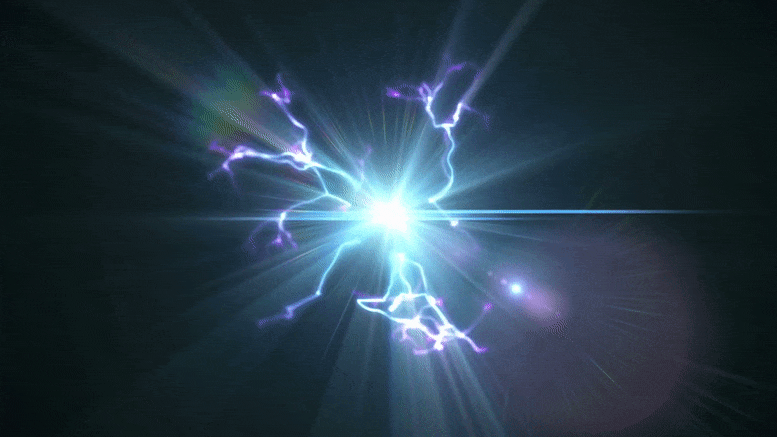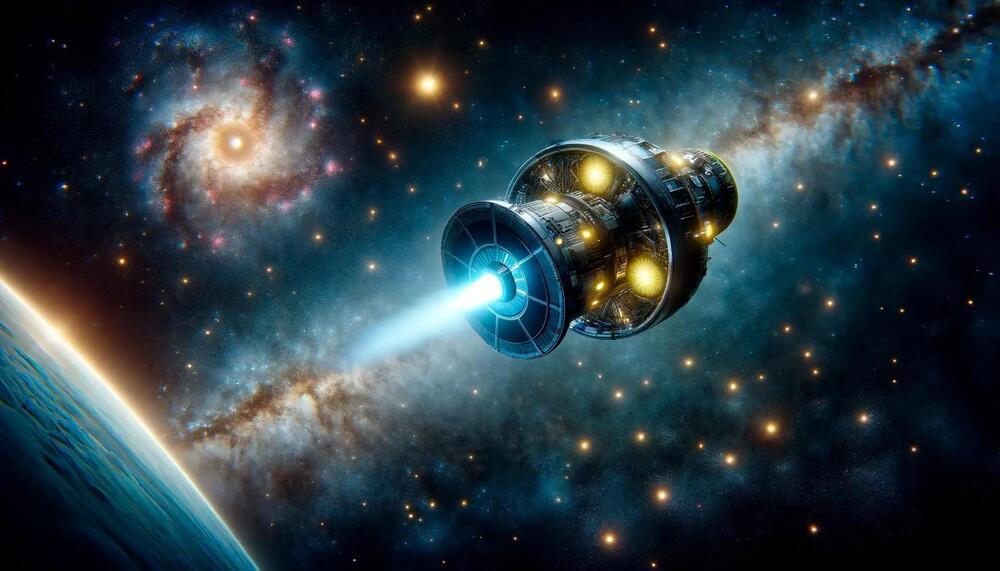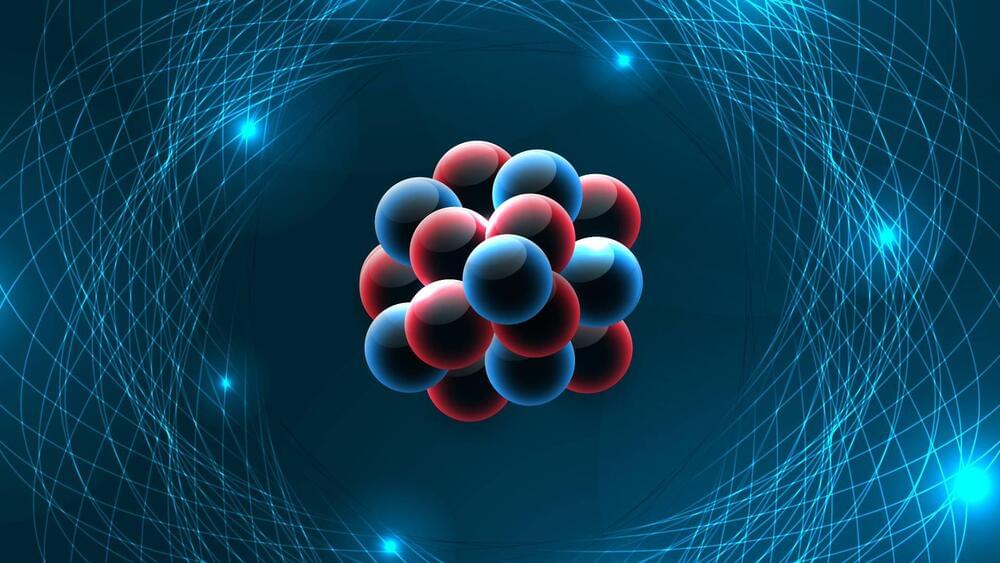Nov 24, 2023
Breaking the stillness: Scientists observe and explain the oscillations of circular hydraulic jumps
Posted by Saúl Morales Rodriguéz in category: energy
In a new study published in Physical Review Letters, scientists explore how small water jets can create stable periodic oscillations on a solid disk, uncovering a connection between these movements and the waves they generate and providing insights into the dynamic interplay of fluid behavior.
A hydraulic jump is a phenomenon that occurs when a fast-flowing liquid abruptly encounters a slower-flowing or stagnant region. This sudden transition results in a change in the flow’s characteristics, causing the formation of a visible jump or surge in the liquid’s height.
In this process, the kinetic energy of the fast-flowing liquid is converted into potential energy, leading to changes in velocity and flow depth. This phenomenon is commonly observed in various settings, such as when a liquid jet impacts a surface, for example in rivers or downstream from dams.


















